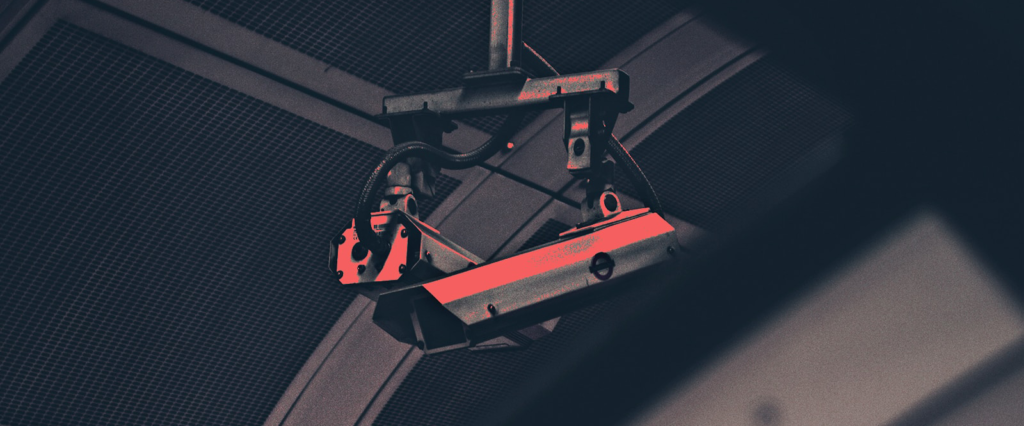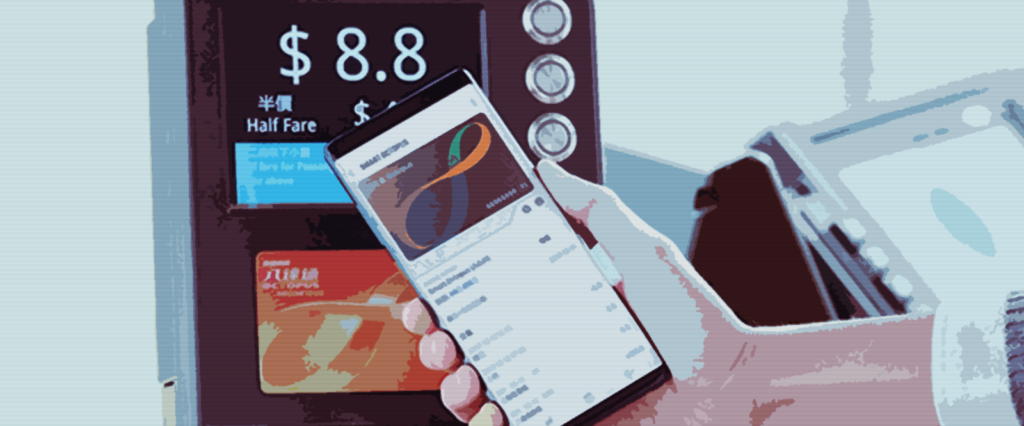Hong Kong streets are currently still filled with protesters standing up for justice for more than a dozen consecutive weeks since early June. What started as a demand for the withdrawal of the controversial extradition bill, has now evolved into a cry for freedom and a stance against police brutality. Given the communist regime in China and their technological advancements, these Hong Kong riots have been under close surveillance like no other. AI, facial recognition and data collection isn’t a thing of a future - it’s here and it’s talking loud and clear about the state of modern freedom.
The Great Firewall of China
After being a British colony for more than 150 years, Hong Kong was returned to China in 1984 under the condition of it being governed as ‘one country, two systems’. What this entailed was 50 years of the said-so ‘high-degree of autonomy’ not including foreign and defence affairs. So now with 28 years left until the handover, no one is too sure about the future of this metropolis. One thing is certain: citizens of Hong Kong are fighting for their freedom, and they’re not going to wait those 28 years to get that. Much like the 2014 Umbrella revolution, the streets are not quieting down anytime soon, but this time, technology is heavily involved in both sides of the fight.
To understand the extent of how much Hong Kong’s basic free speech rights are limited, we need to take a look at the in-land Chinese phenomena known as The Great Firewall of China. It is an internet blockage that makes a lot of information online unaccessible. Starting with the basic stuff: Google, Twitter and Facebook are all off-limits. Of course, China has come up with it’s own alternatives such as Youku instead of YouTube and WeChat instead of Facebook. However, these sites seem to be heavily censored too, so for both sides - people who want to access worldwide content as well as the curious ones to see what’s going on inside the Chinese version of the internet - China proxies and VPNs have been true saviors.
Even if this Great Firewall of China severs the in-land country from the rest of the world, it should not have such a massive effect on Hong Kong when the censorship there is supposed to be way looser.

Facial Recognition: Safety Measure for Who?
During these latest Hong Kong protests, technology has been on both sides of the barricades. To be honest, the more I read about the whole situation, the more it sounds like an episode of Black Mirror rather than real life.
One of the most this-sounds-like-sci-fi type of things is facial recognition. Not surprisingly, it has come from mainland China. This AI technology had made the headlines when more than one million Uighurs (a minority Turkic ethnic group) were detained in the province of Xinjiang. This technology has given the Chinese government a powerful tool to micro-manage the Uighur population by taking high-resolution photos of their faces, recording voices and collecting personal information.
Now this facial recognition has been used against the protesters in Hong Kong. However, the people on the streets are trying their best to mask their faces from any cameras around. It seems that nothing is off-limits to keep their identity safe, and, to be honest, rightfully so. Streets have been filled with broken CCTVs and the dark nights have been lit up with hundreds of laser pointers. While the police has officially banned them due to ‘safety measures’, the goal of using the laser pointers was never to cause any harm to the officers. They are still being used to obscure any cameras that the officials may have so the protesters’ identities could be protected.
It seems like faces have become weapons on both sides. What allows the police to figure out the names of the people on the streets, also helps the protesters expose police brutality. Matching names to faces and exposing the technically illegal violence has even furthered the protest. The extradition bill was just the first step in raising awareness about the state of Hong Kong.

No Card, no Name
Protesters now have to avoid not only any cameras, but also public transport. Octopus cards used for metro usually contain such information as the cardholder’s full name, date of birth and ID card number. As for the ID itself, most of them have chips inside that store such information as the owner’s photo and fingerprints. The photo is then used for the previous mentioned facial recognition where the protesters can be matched with a name and so arrested.
To add more, as the Octopus cards are very popular when paying for public transport, they need to be scanned at the station. This makes a perfect tracking device: the police can easily put together who the protesters are and what direction they are heading. To avoid getting caught, the protesters have stopped using the Octopus cards, and resorted to leaving one way metro tickets at entrances of platforms for other protesters to use.
Another way that the protesters’ information could get exposed is via their mobile phones. Most of them claim that in order to remain safe, they have turned Face IDs and Touch IDs off on their iPhones for the same facial/fingerprint recognition. According to Hong Kong law, citizens have the right not to incriminate themselves, this includes refusing to unlock their phones and provide information on it.
Digital Democracy
It needs to be said that not everything digital has to go against democracy in Hong Kong. People have found new ways to employ the not so traditional ways of communicating where the next protest will be held.
To watch what’s going on on the streets and where the main action is at, the protesters have turned to Twitch. This platform is usually meant for watching other users playing video games, but when the government is censoring all other live streams and actual video footage from the epicentre, there needs to be a different way to find out the news.
Another way of how the protesters managed to fill the streets with thousands of people is secretly passing the information about when and where the next protest would be held. Most people pass the information using Telegram as the messages there are already encrypted. However, no one can really know if the messages truly remain private. That’s why people have resorted to organizing ‘Pokemon Go meet-ups’, ‘history tours’ and ‘Bible reading groups’.
As for when the protests get too intense and people need to leave the scene unnoticed, Uber has been a true savior. There is a relevant Telegram channel where volunteer drivers submit their location, destination and licence number to the admin of the channel. Then the protesters can see a real-time map where the drivers are. So, usually, a cluster of several Uber cars at the same place means a pick-up point to get away.
So is technology harming or helping the fragile state of Hong Kong democracy? Honestly, there is no right answer to this question. It seems that it has become a strong device on both sides. And, as most things in life, it all depends on whose hands the power is in.